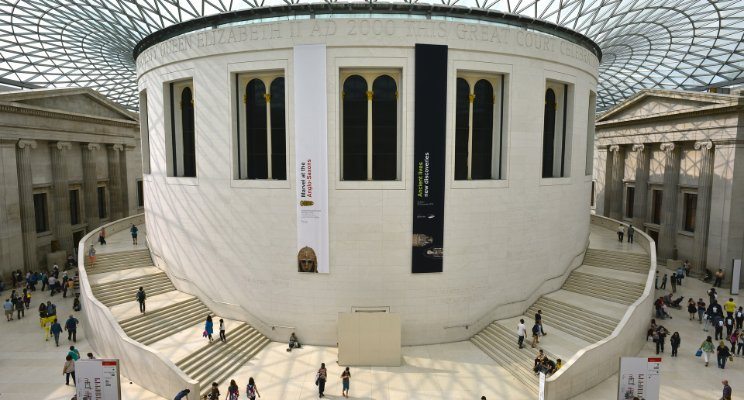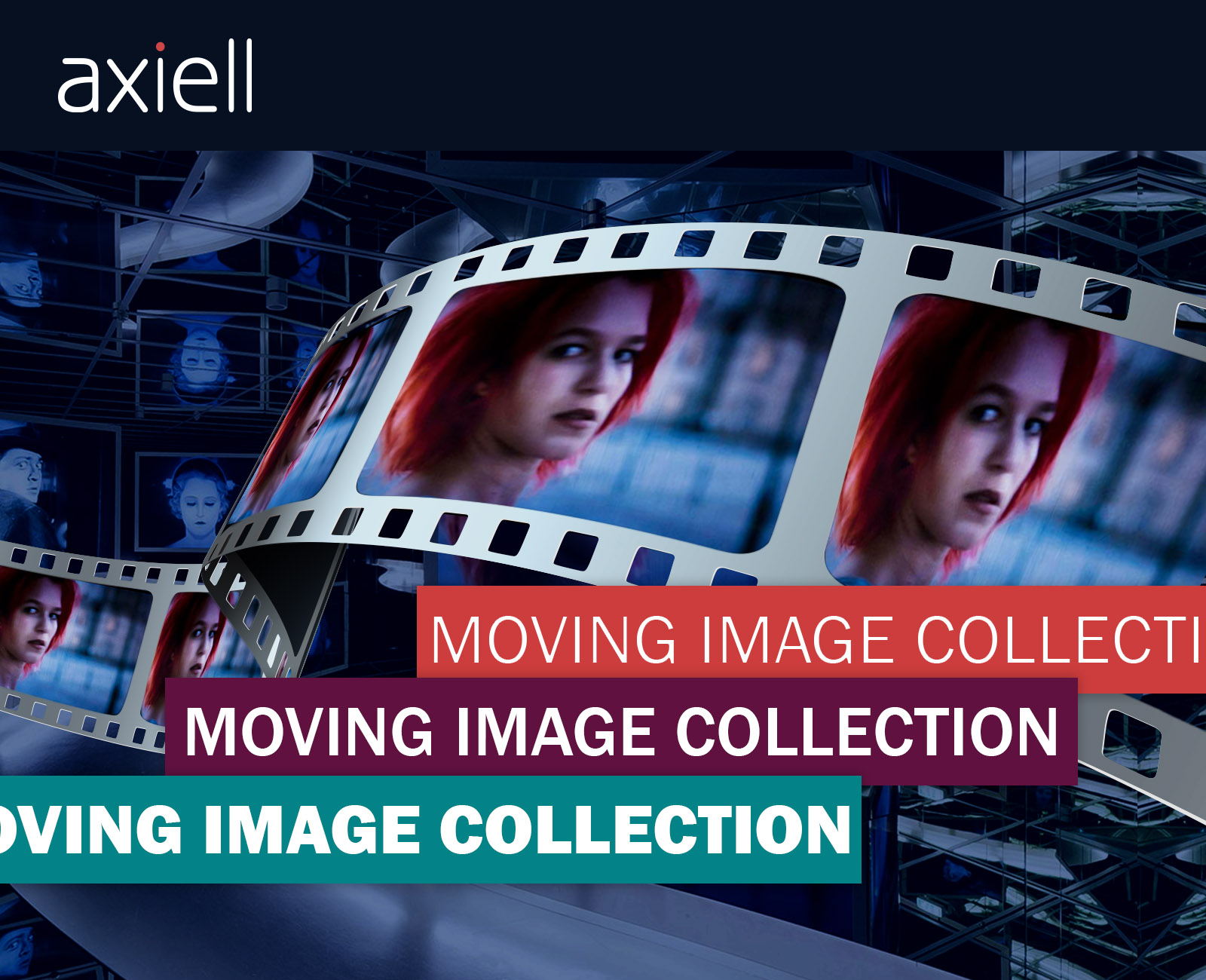In his rather amusing piece about museums, the French vlogger Cyprien captures the essence of these amazing spaces: they are made for people to visit and enjoy. A member of the audience engages with a museum or a cultural organisation before, during and after the visit and this journey is filled with digital landmarks.
7669 tweets, 790 Instagram posts, 61,178 searches on Google and 69,852 posts on YouTube are created, shared or viewed every one second. For good or bad, social media is becoming the indispensable means through which we interact. Cultural organisations can use this to their advantage to engage with audiences.
“We are online”
21% of respondents to a recent study indicated that their entire collection is available online and 65% said the journey was underway (with the collection being online at different stages). The numbers have been growing at a strong pace in recent years. Why does it help for the collection to be accessible online? Doesn’t it take away from the experience of interacting in person with the items?
Audiences and organisations can benefit from accessing the collection online by:
- Better understanding what collections are available and learning more about their value before an in-person interaction. Members of the audience can plan their visits more effectively and have an improved experience.
- Exploring items that are not displayed. I mentioned in a previous post that some museums do not exhibit their entire collection. Audiences can still learn and find out about the items that are not available for public display.
- Extending the scope through an ecommerce site.
“Education and entertainment are not mutually exclusive”
The quote belongs to Jonathan Williamson, Collections Information Manager, National Maritime Museum. The Museum’s digital presence has been recognised through several awards. The organisation takes its role as an educator seriously and is aiming to be the source of knowledge for maritime research. While cultural organisations organise a variety of educational activities on the physical site (more on this in a future post), education can happen in the digital space too. Audiences with special interests or hobbies can use the digital platforms as sources of information and study. A well-organised database allows users to search using a variety of filters to find the information they need.
“The collection is networked”
The most exciting aspect about the digital formats is shareability, resulting in social interactions and networks created by audiences. Spreading the word about the online items or reposting content created by cultural organisations increases the visibility of collections and different events, especially among targeted groups. Cultural organisations have realised the potential of openness in allowing the audience to go from consumption to participation. Vienna Technical Museum invited users to amend incomplete and incorrect records and the quality of contributions is very good.
The level of interest in culture and art is very high. Making the content and the information available to audiences only strengthens the connections that can exist in a community. How can these be enhanced beyond digitising the collection? I will explore that in a future post.




